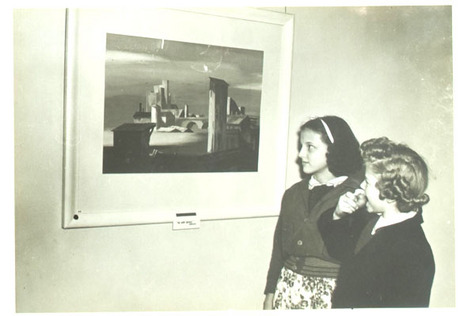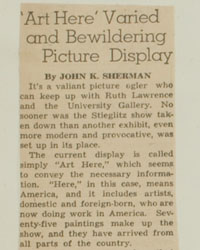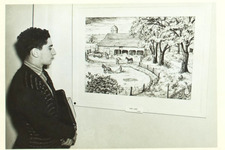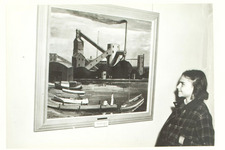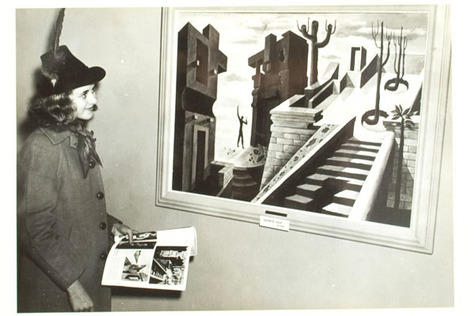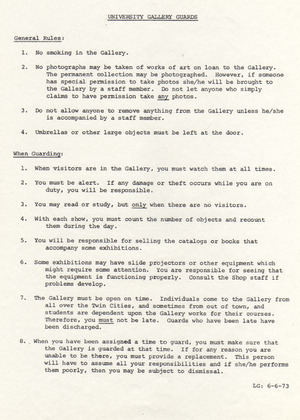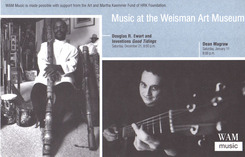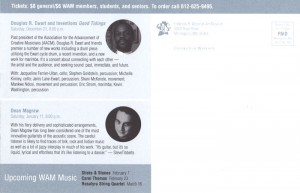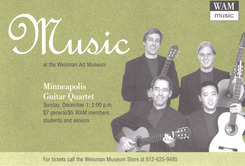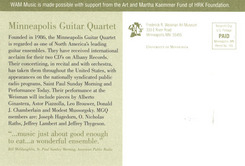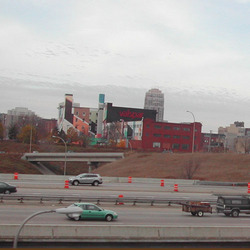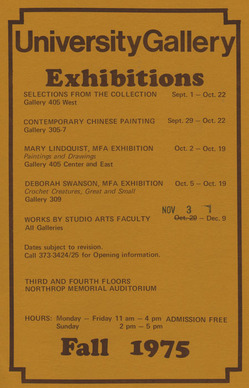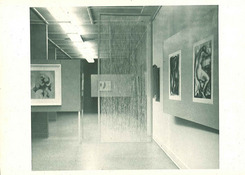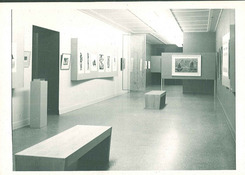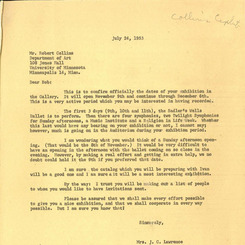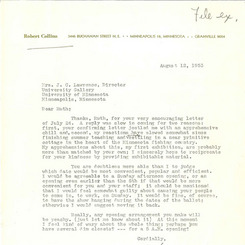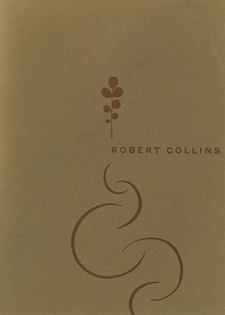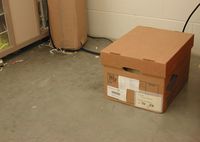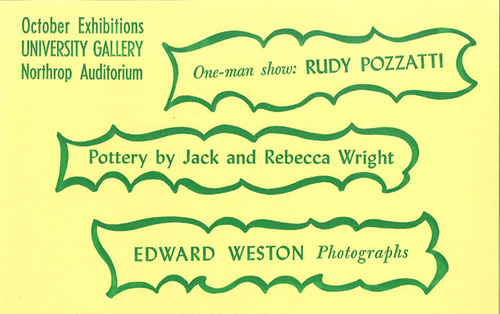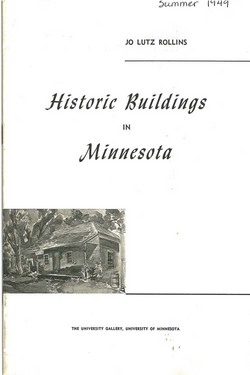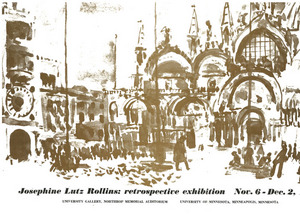Over the course of the past few days, nature has had a great affect on the mood and demeanor of those that inhabit the Twin Cities. As we reach the middle of December, “mother nature” has provided us with a temperature of 40 degrees and a climate of rainstorms, only to be followed by a temperature of 25-degrees and freezing rain the next day. For those that were able to witness the brief moment that the sun made an appearance in as many as 2 days early this morning, consider yourself to be one of the lucky ones…
The recent irregularities in nature reminded me of a folder in a box I processed months ago in the WAM Archives of an exhibit titled, “The Debt of Art to Nature.”
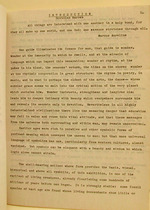
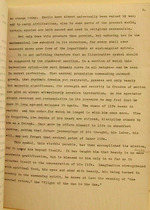 The exhibit, which originated at the Fogg Museum at Harvard University in 1943, was arranged by Ruth Lawrence to be exhibited at the University Gallery in 1945. The catalogue to the Fogg exhibit, written by Gretchen Warren, states, “This exhibition consists of a collection of shells showing their dynamic spiral, together with photographs of the spiral as used in the visual arts of almost every age and civilization. These will illustrate the widespread influence of this beautiful form and its value for symbolism… The thesis underlying this entire exhibition may be summed up in one phrase: Relatedness, order, and beauty in the universe, and their imperishable significance for man, in symbolism, tradition, and education.” A catalogue, drafted by Warren, was provided to Ruth Lawrence to accompany the exhibit at the University Gallery (see attached draft at left).
The exhibit, which originated at the Fogg Museum at Harvard University in 1943, was arranged by Ruth Lawrence to be exhibited at the University Gallery in 1945. The catalogue to the Fogg exhibit, written by Gretchen Warren, states, “This exhibition consists of a collection of shells showing their dynamic spiral, together with photographs of the spiral as used in the visual arts of almost every age and civilization. These will illustrate the widespread influence of this beautiful form and its value for symbolism… The thesis underlying this entire exhibition may be summed up in one phrase: Relatedness, order, and beauty in the universe, and their imperishable significance for man, in symbolism, tradition, and education.” A catalogue, drafted by Warren, was provided to Ruth Lawrence to accompany the exhibit at the University Gallery (see attached draft at left).
Images from the exhibit, showcasing the shape and form of the shell spiral juxtaposed with photographs and other objects were contained within the exhibition folder:
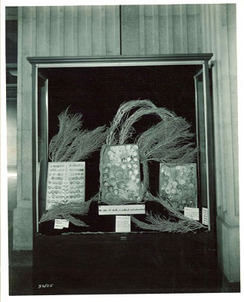
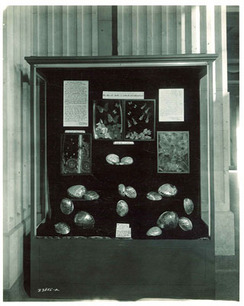
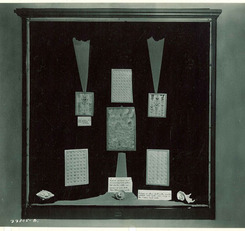
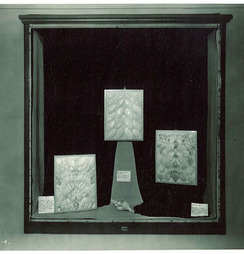
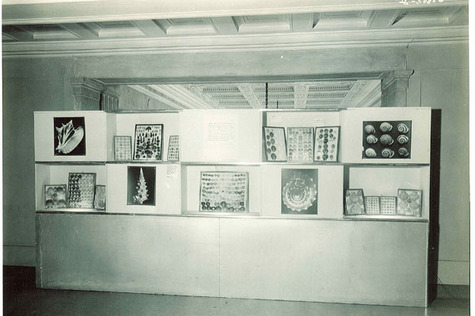
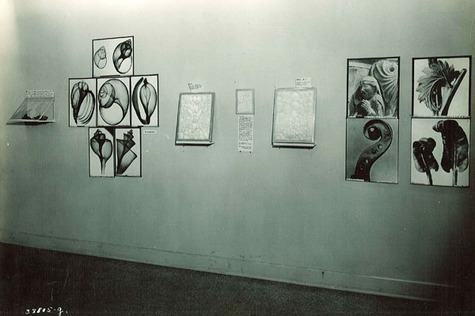
Despite the gloomy weather of the past few days, I will try to observe artful forms of nature in my environs… as even a raindrop or an ice pellet falling from the sky has an aesthetic worthy of appreciation…
